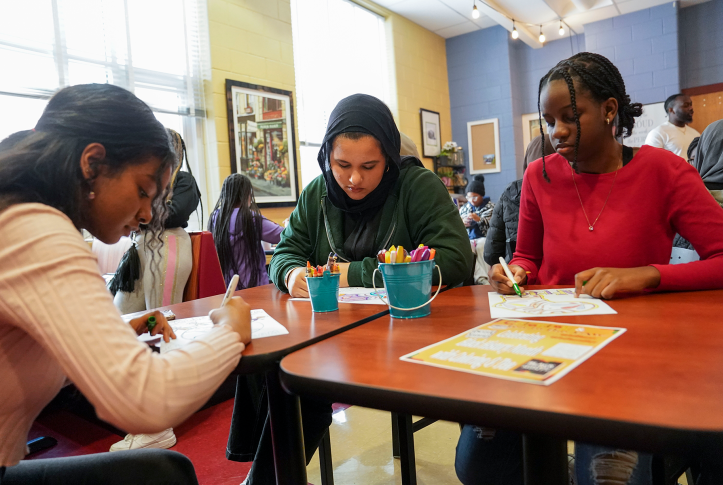In 2021, one of five teens reported they had seriously considered suicide in the previous year. Federal efforts to address this crisis are underway. In July 2022, the United States rolled out 988, a suicide and emotional support hotline that people can call or text 24/7. In November 2022, the Substance Abuse and Mental Health Services Administration (SAMHSA) released national guidelines for providing behavioral health care for children and youth in crisis. Many states are exploring innovative practices and finding ways to provide the three “core youth crisis services” outlined in the SAMHSA national guidelines: someone to talk to, someone to respond, and a safe place to be.
Someone to talk to. In addition to the new 988 suicide and support hotline, Arizona has offered Teen Lifeline for more than 25 years, a crisis help line designed and staffed by teen volunteers. In July 2021, Arizona signed into law a requirement that schools grade 6 to 12 and colleges print the lifeline number on student IDs. California, Illinois, Michigan, New Hampshire, Oklahoma, South Carolina, Tennessee, and West Virginia have passed similar laws to give students immediate access to such numbers. New Jersey, along with other states, has used funding made available through federal grant programs like Project Aware to provide mental health first aid training to youth and adults. Project Aware aims to increase mental health awareness in schools by promoting wellness and resiliency. This year, SAMHSA will make an additional $38 million in grants available through Project Aware.
Someone to respond. Using Medicaid and other state dollars, many states have implemented mobile response and stabilization services (MRSS) for youth. MRSS is a youth- and family-specific crisis intervention model. It provides immediate crisis services in the home or other community locations, like school. The model uses a two-person team approach, which involves family and youth peers, to support young people in crisis. To address challenges in supporting young people with autism spectrum disorder (ASD), Massachusetts developed a program focused on autism spectrum and intellectual disorders that provides youth crisis teams with telehealth consultation from board-certified behavioral analysts trained in this area and with a physician with expertise in ASD.
A safe place to be. Someplace safe to be is an important piece of the crisis continuum and differs from the needs of adults. Young people are connected to their caregivers and schools; those relationships should be maintained whenever possible. Providing a safe place for young people and their families may include:
- In-home stabilization — Short-term, intensive in-home therapy.
- Comprehensive stabilization programs in schools — Intensive clinical support for students to help them return to their regular academic routine. One such program, the Bridge for Resilient Youth in Transition (BRYT), has been implemented in more than 145 schools across three states.
- Crisis stabilization units — Twenty-four-hour treatment, with a goal of stabilizing young people and returning them to their communities as soon as possible. With the correct clinical model, these units are better equipped than hospital emergency departments to stabilize youth. Massachusetts, New York, Oklahoma, and Virginia have created youth crisis stabilization beds that are available as an alternative from emergency rooms, and are using Medicaid to help pay for the programs. Many programs are located in the community and integrated with a mobile response team.
Conclusion
When designing crisis stabilization programs, states should consider the cultural needs of youth and families, making sure peers are included in the model. Specifically, states should include the needs of rural young people; from 2010 to 2018, the rate of suicide among young people ages 10 to 19 years increased 1.5 times faster in rural compared with urban areas. Furthermore, young people with ASD sometimes require a different type of crisis programming that includes board-certified staff and sensory adaptations.
Young people and their families must have a voice in the development of policies and programs intended to support their mental health. In addition, state systems must coordinate with schools, law enforcement, and behavioral health providers. Now is the time to implement these changes that will have a lasting impact on our youth.

